Peter Rubissow (pictured) and his sister Ariel are the second generation owners and Sheppard’s of Rubissow Wines. This Mt Veeder Winery in California's Napa Valley was known as Rubissow-Sargent under its previous incarnation. That history dates back to the early 80’s. I recently chatted with Peter about the history, future and present of Rubissow Wines and more. It's a long read, but Peter shares some great information, I hope you'll take the time to go through it:
Gabe: When you and your sister took over the operation from your fatherand his partner there was a 20+ year history in place. What was the hardest part of the transition? Was it the thing you would have expected to be the hardest?
Peter: Personally, when we began this process back in 2004, I couldn't wait to bring our new wines to market, but I knew serious patience and meticulous planning would be required to get there. As it turned out, it took more time and energy than we could have ever imagined, but it was well worth it to get things right from the start. The hardest thing about the process was the time and emotional energy required to address every concern that the founders needed answered before we could actually make the transition. That, plus the fact that they were shutting down Rubissow-Sargent operations while we were simultaneously growing the new Rubissow Wines. It took great diplomacy on everyone's part. We made it through intact, and we're all the better for it. Phew
Gabe: Part of what your generation has changed at Rubissow is the style of wine. In simple terms you’ve chosen to increase the richness and power by making a bolder more forward style of wine. Part of that is dropping fruit thus making sure what you pick is more concentrated. A result of that has been lowering production. Is this something you pushed for when your Dad and his partner were running things, or did you come to it after taking the reins?
Peter: In my 15 years of travelling the nation building the Rubissow-Sargent brand, meeting with sommeliers, wine buyers and wine consumers, I heard many, many comments from our fans and our critics about suggested ways to improve the Rubissow-Sargent wines. Most people wanted more fruit. But by design, R-S made elegant, high acid, low-alcohol wines in a classic style. Our fans loved the wines, but many also asked for improvements. And I always brought those comments back to our winemaker Tony Sargent. But, Tony and my father weren't in the business of making fruit forward, extracted wines, so we could only go so far with that. Our niche was classically structured, Bordeaux-style red wines, so there was only so far the branch could bend. My vision for the new Rubissow wines was to dramatically increase the depth and expression of the wines. We knew this was mostly a matter of vineyard care and winemaking technique. So we addressed the issue head-on. Working with our new team of winemaker Timothy Milos - who started out as a harvest researcher at Opus One, then a Lab Tech/Cellar Hand at Stag’s Leap Wine Cellars, graduating to the hard-won Winemaker title at S. Anderson/Cliff Lede - and Vineyard Manager Ramon Pulido (formerly of Chandon) we immediately instituted aggressive fruit thinning, improved vine nutrition and updated vine pruning technique, all in the winter of early 2004. The resulting 2004 wines tell the whole story. Greatly restricted crop load meant delicious expression of terroir and richness, picking later in the season made for full bodied flavors and aromas, as well as balanced tannins. We were happy with the results and our customers seemed to agree. The difference in style from the previous generation was clear, yet the terroir of vineyard was still recognizable. Mission accomplished. And we intend to improve upon that mission with every new vintage
Gabe: Could you speak about your commitment to sustainable/organic farming and how it directly applies to Rubissow?
Peter: Although we're not certified organic, we strictly adhere to the principles of agricultural sustainability and green business. Organic viticultural practices are the core that commitment. It's the heart of what we do. We are always working to keep in balance with the vineyard, its flora, fauna and surrounding forest. We want a healthy place to live and work, and we want to have as low an environmental impact as possible, and we are ever-improving our choices and practices in this regard. For example, to control weeds under the vine rows, up until now we've been using gas powered weed eaters. This reduces our use of synthetic herbicides which can be extremely toxic. But recent developments in organic materials have brought a new orange oil weed killer to market, which is certified for organic use and we've been experimenting with it. It works beautifully but costs are still about the same as paying our crew to run the weed eaters - because the product is expensive to produce. Regardless, we are happy with the results. And on a human level our crew is happy to not have to work the hot, noisy, stinky weed eaters for weeks at a time. The orange oil has a nice scent for a few days too. After that it just biodegrades into inert materials. And we only use it in the winter, when the vines are dormant, so there's no concern of the aroma affecting the wines. So that's one example of how we're always experimenting with new ideas, products and techniques to lower cost, expand our commitment to living lightly on the land and improve wine quality. That being said, with our very steep terrain, we do run a gas powered ATV motorcycle all over the farm every day carrying tools and equipment. But it uses a tenth of the fuel a pickup truck would. We have a big Chevy diesel 4X4 pickup for hauling the big loads, plus a FIAT diesel tractor. All these choices add up. If you are committed to sustainability it's essential to look at your whole vineyard and winery business and see where you can lower impact and at what environmental and economic cost.
Gabe: What are your thoughts on alternative closures? What role if any do you feel the price point of a bottle plays in determining the closure type?
Peter: Screw caps are not for us. They aren't a good match with our green business, nor with the handmade quality and meticulous attention to detail we put into every bottle. Screw caps have their place, sure, but they are often more costly than cork. Also, screw caps are very energy-intensive multi-step industrial process, using materials which in the end are at best, difficult to separate for recycling. Accordingly a cork is still our favored closure - for now. Choosing our cork supplier carefully is part of it. We use Xiberta, an artisan cork maker with a commitment to quality control that matches our own. That being said, cork taint happens from time to time when using cork closures....and nobody likes or wants a corked bottle! But for the price of our wines ($50-$125/btl) I feel that our customer still wants and expects cork closures. I am open to changing that, as technology progresses. The new Stelvin glass closure is what Tim Milos and I are most interested in. I know a few other Napa producers have used this closure with great success. Plus, it looks beautiful and is in keeping with a $75 bottle of Cabernet. On a different note, for our new value priced wines brand, Lola Kay, which will launch in Feb 2010, we are using composite cork closures that are infinitely less expensive than virgin cork, while still retaining the feel and tradition of cork. Plus for all our wines we use only corks with a TCA PPT (parts for trillion) rate of 1 PPT or less. Basically, that reduces the risk of cork taint to the lowest possible level. The stakes are high for our business and for our customers. We choose our corks accordingly.
Gabe: When I last visited Rubissow last summer you mentioned a second label. Where do things stand with that and when can we expect to taste those wines?
Peter: As mentioned above, our new LOLA KAY brand is in bottle and we've rolled one out already. We're pretty excited about it. The first wine will be is Lola Kay 2006 Red Table Wine - Napa Valley - which is a blend of Cabernet Franc, Merlot, Syrah and Cabernet Sauvignon. It was just released. Then, Lola Kay 2009 Sauvignon Blanc - Napa - will follow soon. The Red is $20 and the SB is under $17.
Initially, Lola Kay will be offered in restaurants and selected wine shops in California, Illinois, Colorado and Arizona, and it will represent a very high level of quality for the price. We know that folks who were spending above $50 retail on their dinner wines during the boom years are now looking for a handmade, balanced wine which they can drink every day and not break the budget. This is that wine. And for those people who have been spending $10-$15 on their dinner wines, for a few dollars more Lola Kay will be a special indulgence. We are aiming for both customers.
From the start of our new second generation business we have been planning this 2nd brand and we're finally there. The goal is to make exceptionally delicious, food-friendly wines from only the best, most authentic Napa sources. All Lola lay wines will feature good acidity, expressive fruit, and balanced style. We'll leave the "hedonistic" style to those who do it well. Lola Kay is all about great balance and superb local vineyard sources. The name Lola Kay derives from the two first names of my grandmothers, Lola and Kay, both of whom were a storied part of our family history. For my sister and I, winemaking is all about family, so the name fits. And with the label art we're taking a modern, abstract approach with clean typography and bold presence. We'll be letting the label out of the bag on our website in a month or so, but for now, we're keeping it under wraps. Stay tuned.
Gabe: Has the economy had a major impact on sales this year?
Peter: Straight up: For us, wholesale sales to distributors are down. We released our new $75 Cab into a down economy. That's the reality. And we've addressed it head-on. Consumer-direct sales are up. Way up. We've responded to this new market by being very inventive and creative in our direct marketing outreach. We're doing more private dinners and private wine events. We're not harping on our distributors to force our wines through the pipeline. They are doing their best and we know it, and it's counterproductive to force the issue. We all know what time it is, so to speak. And because people are generally still spending less on wines these days, the reality is that restaurants are ordering less wines in our price point. And stores are featuring floor stacks of famous name Napa wines you could previously only get via mailing list. Many of us in Napa are facing this reality. It's all about price right now. That being said, our Reserve Cabernet Sauvignon at $125 has been a steady seller through the downturn...
No discounts, no deals. It's simply a very rare and exclusive bottle of wine. A certain segment of individuals are only interested in wines at this price and above - and the downturn has provided an opportunity for them to enjoy being able to afford wines of this price. The middle of the market, the $30-$100 bottles are where things have really slowed down for many of us in Napa during the downturn.
Gabe: What have you seen so far from the 2009 Harvest and what are the early prospects for what will become the 2009 vintage?
Peter: We had an abundant harvest this year. It's a bit soon to say what we've got. I will say that some of the cab lots are really, really good. We'll know better in a few months after the wines have settled down a bit. Stay tuned.
Gabe: Outside of the 2009’s, what vintage that you currently have in barrel or bottle do you feel holds the most promise for greatness upon release and why?
Peter: 2006 and 2007; both amazing, for different reasons. 06: powerful, very, very complex and built for the long run. Wow. The 07s are uniformly splendid and plush, with great ripeness. We had a very small crop though, so supply will be tight. But we're dropping a lot of fruit every year to improve fruit and terroir expression. The 08s are exciting too. Bursting with complexity and richness, but still several years from being ready. Basically, with our massive commitment to vine care and insanely low crop yields, the new Rubissow wines have a noticeable consistency from vintage to vintage. The only way to get that is to watch your crop loads very carefully and take very good care of your vines....
Gabe: One of the changes you made was adding a Reserve wine to the lineup. Are there any other reserves or new blends on the horizon for the Rubissow wines?
Peter: As I mentioned before, our Reserve program is humming along nicely. We only make 100-300 cases of Reserve Cab currently. It's all our estate will give us. We only make Reserve from the absolutely most extraordinary fruit on our steep, all-angles terrain. We're working each season to raise the health and vigor of our vines to where they will give us more Reserve Cab in the years to come. It's a gradual process. Much like raising children, you have to take a long-term approach. As far as other new bottlings, we will be releasing our first-ever Syrah next year. The Rubissow 2007 Mt. Veeder Syrah comes from a remote corner of our estate where we have been nurturing a small collection of rugged Syrah vines. It is really, really good stuff. Just 50 cases made. I am really excited about this expressive wine, as I am a fan of Northern California Syrah as well as certain Chateuneuf Du Papes and Rhone wines in general. Oh yes, we also have a Rubissow Malbec in the works. Rich, fragrant, bursting with power. Ultra limited production. Look for that in a few years…
Gabe: Did you specifically seek out Timothy Milos because you were fond of his other work or did he come up when you were searching for a winemaker?
Peter: Great question. We had already interviewed several of Napa's top winemakers and had held many, many meetings around the dining room table in our vineyard farmhouse. We didn't want just a consultant. We wanted someone who would come on board as an ardent team player and advocate for our new generation of wines. We also wanted an accomplished winemaker who had mad skills in both grape growing and winemaking and the magic zone in between. A great winemaker is very in touch with his vineyard sources, hands-on, connected.
We were down to a short list of brilliant people and then suddenly our friend Maya Olds (second generation winemaker at Sky Vineyards on Mt Veeder) told us that her good friend Tim Milos was available. Even though we thought we had already made our choice from the many winemakers we'd already interviewed, we met with Tim anyway. Maya insisted. I knew of the Cliff Lede, Opus One and Stag's Leap wines of course, and Tim had worked at all those esteemed producers; Impressive indeed. But that wasn't the factor that got him the job. Instead, we all recognized the connection of shared values, commitment to local, family farming and our collective raw ambition. And after meeting many times to work out the details, we shook hands. I'm glad we did. What a great winemaker he is. Following our lead, he has raised the bar to where we want it to be. Way up there. And we keep it there. He and my sister Ariel work closely with our vineyard team to maintain high quality year in year out, while I oversee the whole business and focus on keeping sales strong. We are all counting on each other to get the job done.
Gabe: I assume a winery the size of Rubissow counts on hand selling for a lot of the wine. Be it Wine club, small specialty shops etc. Do the archaic shipping laws affect you much and if so how do you deal with them?
Peter: We ship to many states, but not all. Regardless, that means a lot of paperwork and permitting and monthly reporting for every state we ship to. That being said, our biggest market is California. Approximately 70% of all our wine is currently sold here in California. As for the archaic shipping laws in the U.S., if consumers knew just how tightly regulated this is in each state and how wacky these laws are, when compared to other goods, they would be surprised - to put it lightly. Thankfully some States are responding to consumer demand and are allowing wine shipments - or "imports" to use the legal term them from California. We have permits in many of those states. But for certain other states we and everyone else are just flat-out not allowed to ship there. Such are the current State laws in place.
Gabe: Outside of your own wines, what do you drink most often given the choice? Are there particular varietals you lean towards?
Peter: Lately I've been mostly drinking Syrah. I love Unti's Sonoma Syrahs and also Lagier Meredith Syrah from Mt. Veeder. I like bright acidity and ripe flavors; I also am a big fan of Melville Syrah and Pinot Noir from the Central Coast. For Napa Cab, one of my consistent favorites is Neal Family Cabernet...superb balance and terroir without sinking into fruit-bomb territory. Merry Edwards Pinots are a frequent choice when dining out in the US. My favorite Napa producers are Sinskey, Frog's Leap, and Honig. I'm not a chardonnay drinker but if I was I'd be drinking Lioco single vineyard chards for their authenticity and absence of oak. For France I'm mostly into Chateauneuf Du Pape and other Grenache/Syrah wines of the region - though I've got a lot to learn. Also, there is an artisan producer in the Colorado high country - S. Rhodes - that is exceptional. His Cab Franc is a stunning wine by any measure. If I could have one wine tonight - any wine - it would be...Rottlan Torra - Riserva - from Priorat in Spain. They make a few different wines, all are so packed with terroir it's mind-bending. I have a friend who imports it into the US, and he turned me onto it several years ago. I must admit that I do drink our own wines while I can. Supply is limited of course. Merlot is my current fascination and passion. And forget that Sideways stupidity, Merlot is an exceptional, splendid varietal, when properly farmed.
Gabe: With the US becoming more of a wine drinking country as time goes on has the recognition factor for Mt. Veeder increased hand in hand with that?
Peter: Absolutely. Mt. Veeder is becoming increasingly recognized as people gets to know California better. And Mt Veeder has come a LONG way from the days of being thought of as just all about mouth-ripping tannin and age-ability. Now it's about fruit expression and ripeness (and tannin and age-ability!) and cooler climate acidity and aromatic expression. The Appellation itself is planning a collective PR campaign in the coming months which will help raise awareness further. Most of us winery producers and growers on Mt. Veeder are members of the appellation council and we work together to promote the character, personality and quality of this remarkable area.
Gabe: Has the emergence of Social Media been useful for Rubissow Wines?
Peter: Yes indeedy. I spend way too much time online already, and our website presence is strong and well-visited. We know that online interaction is essential to any business right now. Accordingly we are expanding our Facebook presence, as well as beginning to Tweet and such. Plus this year we began to reach out to the wine blogging community - and the results have been great. It's enabled us to reach a much wider audience - which we very much appreciate. We want people to discover us through word of mouth. We don't advertise. We're too small. So word of mouth and Social Media is an excellent forum for the wine-curious to discover us. We're continuing to learn and grow this side of our community every week. With Lola Kay, our new value priced wines, we expect Social Media will play an essential role in people discovering the wines and what it's all about. It will happen organically, as word gets out. So yes, we like where things are heading in the realm of Social Media and we'll be watching as it morphs and evolves in its own way.
Gabe: If you weren’t running a Winery what would you be doing?
Peter: That's easy, living in Santa Monica or Boulder with my wife; composing film scores, writing songs. making films, raising children, opening a restaurant possibly, growing fruit and vegetables locally, running a record label, Skiing down a Colorado mountain at 50 MPH, or more.
Thanks to Peter for taking the time to answer my questions. If you haven’t had any Rubissow Wines yet, I highly recommend them. You’re in for a real treat, check them out.
 When it comes to red wine from Tuscany the first thing that springs to mind is Sangiovese. That Italian grape is responsible for some of the world’s very best wines. For a number of years now international varietals have of course also made a foothold there. Today I’ll look at a blend that combines the local and the international; most often these are referred to as Super Tuscans.
The Luce della Vite 2007 Lucente was produced using grapes sourced in the Montalcino section of Tuscany. This blend is made up of Merlot (50%), Sangiovese (35%), and Cabernet Sauvignon (15%). Fermentation took place in stainless steel. Barrel aging was accomplished over 12 months in a combination of French and American oak; 60% of the barrels were new. 213,000 cases of this wine were produced and the suggested retail price is $29.99.
When it comes to red wine from Tuscany the first thing that springs to mind is Sangiovese. That Italian grape is responsible for some of the world’s very best wines. For a number of years now international varietals have of course also made a foothold there. Today I’ll look at a blend that combines the local and the international; most often these are referred to as Super Tuscans.
The Luce della Vite 2007 Lucente was produced using grapes sourced in the Montalcino section of Tuscany. This blend is made up of Merlot (50%), Sangiovese (35%), and Cabernet Sauvignon (15%). Fermentation took place in stainless steel. Barrel aging was accomplished over 12 months in a combination of French and American oak; 60% of the barrels were new. 213,000 cases of this wine were produced and the suggested retail price is $29.99.
 I’ve gone back to the wines of
I’ve gone back to the wines of  It’s been awhile since I looked at any wines from
It’s been awhile since I looked at any wines from 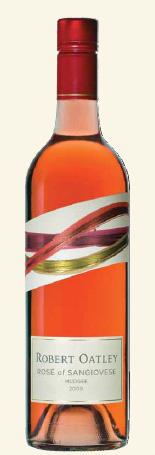 Today I’m going to take a look at three more wines that are perfectly suited for warm weather drinking. These selections are all from
Today I’m going to take a look at three more wines that are perfectly suited for warm weather drinking. These selections are all from 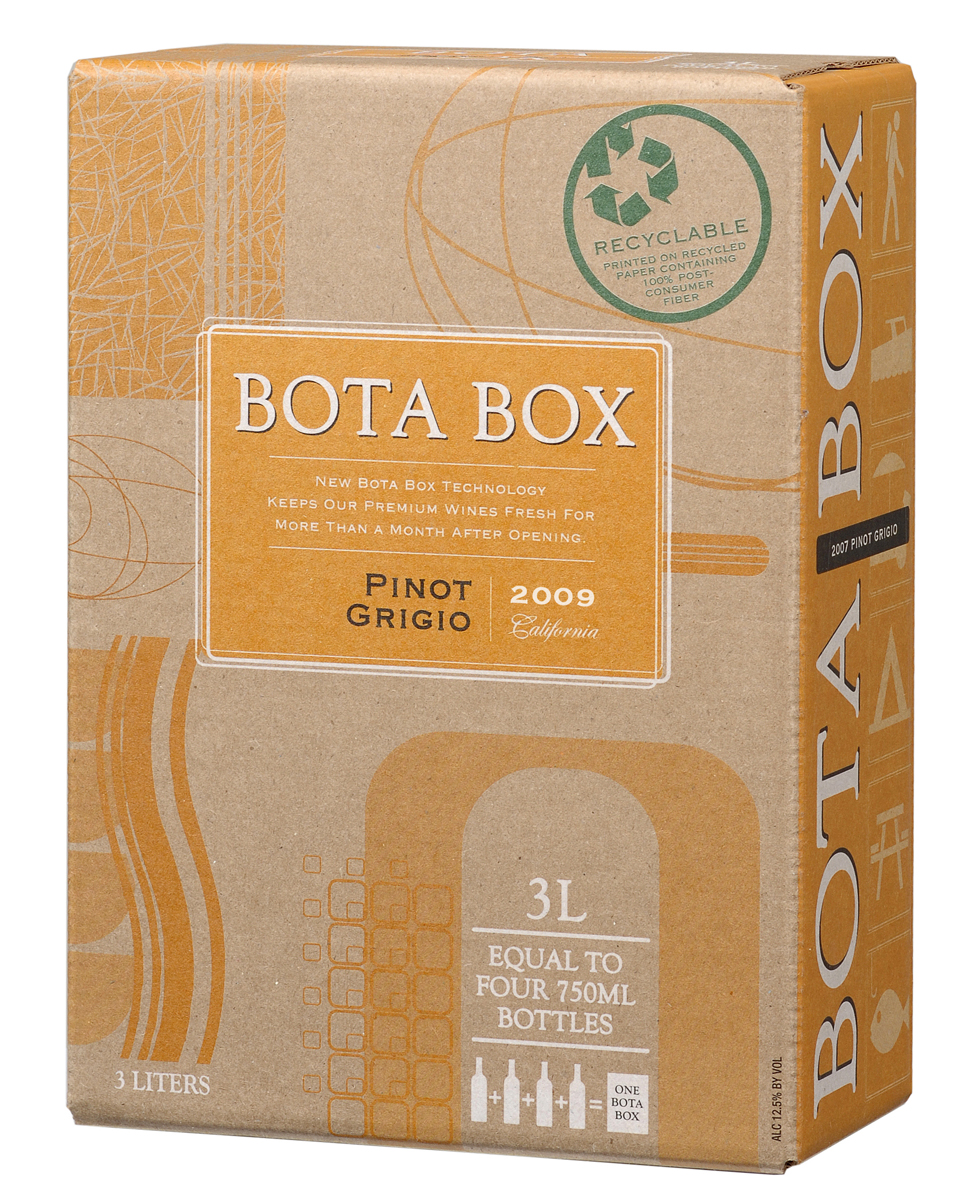 Over the last few years the image of non-traditionally packaged wine has started to shift. It’s no longer a given that wine coming in something other than a 750 ml bottle is of lesser quality. One delivery method that’s made a big turn is the box. What was once the bastion of cheap bulk wine has in some cases come to represent solid value and environmental friendliness. Today I’ll look at a selection from
Over the last few years the image of non-traditionally packaged wine has started to shift. It’s no longer a given that wine coming in something other than a 750 ml bottle is of lesser quality. One delivery method that’s made a big turn is the box. What was once the bastion of cheap bulk wine has in some cases come to represent solid value and environmental friendliness. Today I’ll look at a selection from 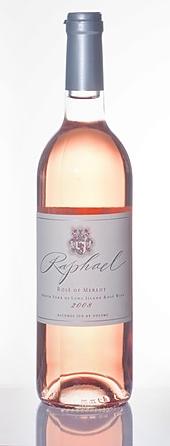 With Memorial Day weekend here, Rosé drinking season has officially begun in earnest. At the very least I know that’s true at my house. For me dry Rosé is one of the simple joys of warm weather. I took some time this week to try some Rosés from New York; Long Island to be more specific. Over the last few years there has been more and more acclaim for Long Island wines. The history of winemaking there dates to 1973. At that time there were 17 acres under vine, today there are 3,000. Total case production for Long Island is 500,000. Here are my thoughts about the Long Island Rosé’s I looked at this time out.
First up is a selection from
With Memorial Day weekend here, Rosé drinking season has officially begun in earnest. At the very least I know that’s true at my house. For me dry Rosé is one of the simple joys of warm weather. I took some time this week to try some Rosés from New York; Long Island to be more specific. Over the last few years there has been more and more acclaim for Long Island wines. The history of winemaking there dates to 1973. At that time there were 17 acres under vine, today there are 3,000. Total case production for Long Island is 500,000. Here are my thoughts about the Long Island Rosé’s I looked at this time out.
First up is a selection from  I recently had the chance to taste wine, over dinner, with the
I recently had the chance to taste wine, over dinner, with the  Something about Sunday says Sparkling wine. And so I chilled a few that were sitting on my desk and popped them open. After tasting them it turns out that one of them was of particular interest to me and hopefully it will be to you as well. The wine in question is a sparkling Grüner Veltliner. I’ve been sampling different examples of Grüner every chance I get so the opportunity to sample a sparkling one was welcome. It also turned out to be the best of the batch of wines I went through today.
The Sektellerei Szigeti Grüner Veltliner NV Brut was produced using fruit sourced at a vineyard surrounding Lake Neusiedl; it sits approximately 328 feet above sea level. This Sparkling Wine is 100% Grüner Veltliner. The Sziget was made using traditional methods. Fermentation occurred in stainless steel. This was followed by 9-15 months of aging on yeast. This selection has a suggested retail price of $25.
Something about Sunday says Sparkling wine. And so I chilled a few that were sitting on my desk and popped them open. After tasting them it turns out that one of them was of particular interest to me and hopefully it will be to you as well. The wine in question is a sparkling Grüner Veltliner. I’ve been sampling different examples of Grüner every chance I get so the opportunity to sample a sparkling one was welcome. It also turned out to be the best of the batch of wines I went through today.
The Sektellerei Szigeti Grüner Veltliner NV Brut was produced using fruit sourced at a vineyard surrounding Lake Neusiedl; it sits approximately 328 feet above sea level. This Sparkling Wine is 100% Grüner Veltliner. The Sziget was made using traditional methods. Fermentation occurred in stainless steel. This was followed by 9-15 months of aging on yeast. This selection has a suggested retail price of $25.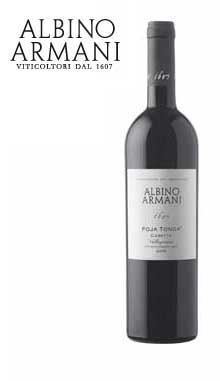 Recently I had the chance to taste some wines from
Recently I had the chance to taste some wines from  My time in Napa is always precious. This most recent trip, a few weeks back, it was particularly so. While I was spending nine days in wine country tasting, only one was in Napa Valley. Spending one day in Napa feels like an eye blink to me, so I planned the day as well and carefully as I could. A couple of friends were going to be with me for the whole day so whatever I planned they’d be in on, something for me to be mindful of as I planned. When I was presented with the opportunity to meet Suzanne Phifer Pavitt, taste her wine and have dinner with her, I took the chance. Even though the day was already pretty full, and I was unfamiliar with her or her wine it seemed like exactly the sort of great opportunity with fortuitous timing that pops up on the best trips to Napa Valley. Without question I’m glad I did.
My friends and I met Suzanne at her property on the Silverado Trail. We got to see the
My time in Napa is always precious. This most recent trip, a few weeks back, it was particularly so. While I was spending nine days in wine country tasting, only one was in Napa Valley. Spending one day in Napa feels like an eye blink to me, so I planned the day as well and carefully as I could. A couple of friends were going to be with me for the whole day so whatever I planned they’d be in on, something for me to be mindful of as I planned. When I was presented with the opportunity to meet Suzanne Phifer Pavitt, taste her wine and have dinner with her, I took the chance. Even though the day was already pretty full, and I was unfamiliar with her or her wine it seemed like exactly the sort of great opportunity with fortuitous timing that pops up on the best trips to Napa Valley. Without question I’m glad I did.
My friends and I met Suzanne at her property on the Silverado Trail. We got to see the 





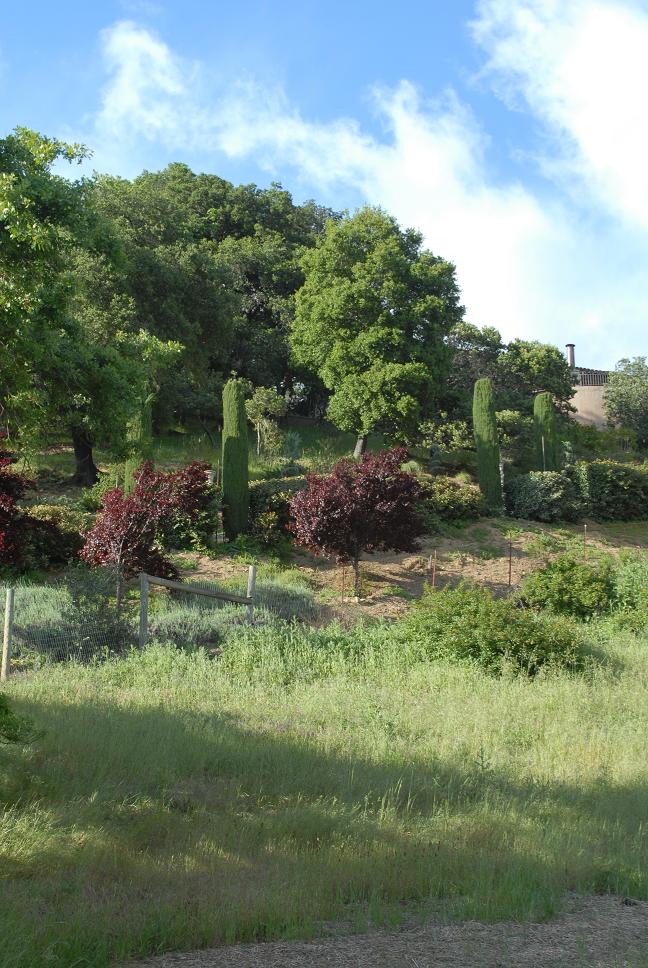
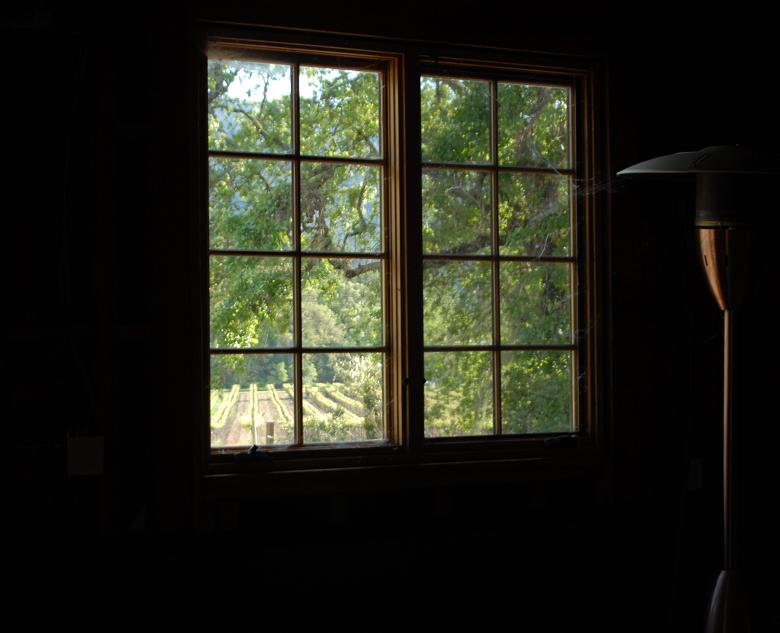
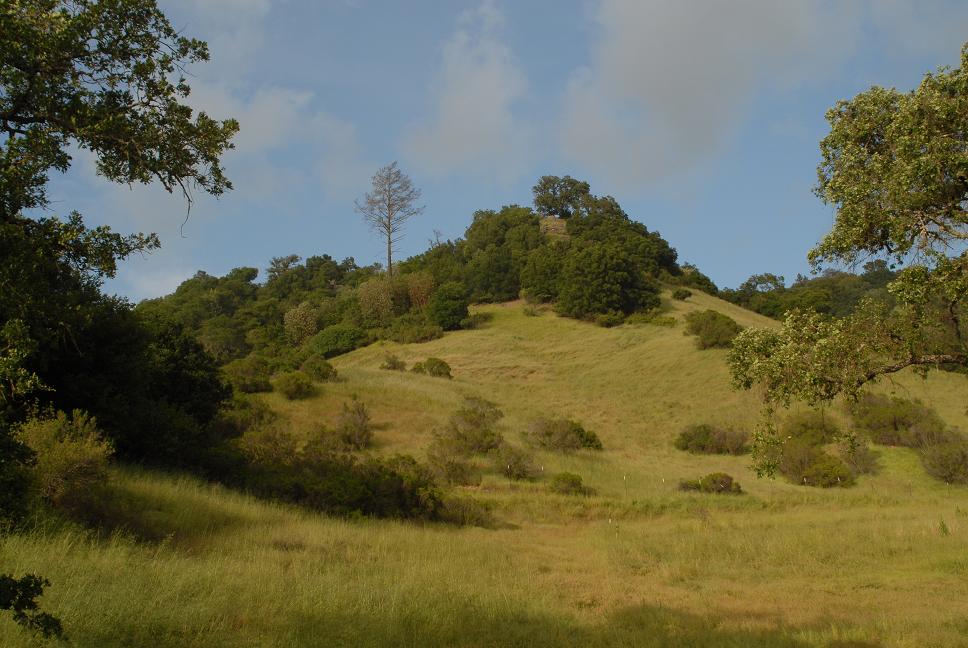




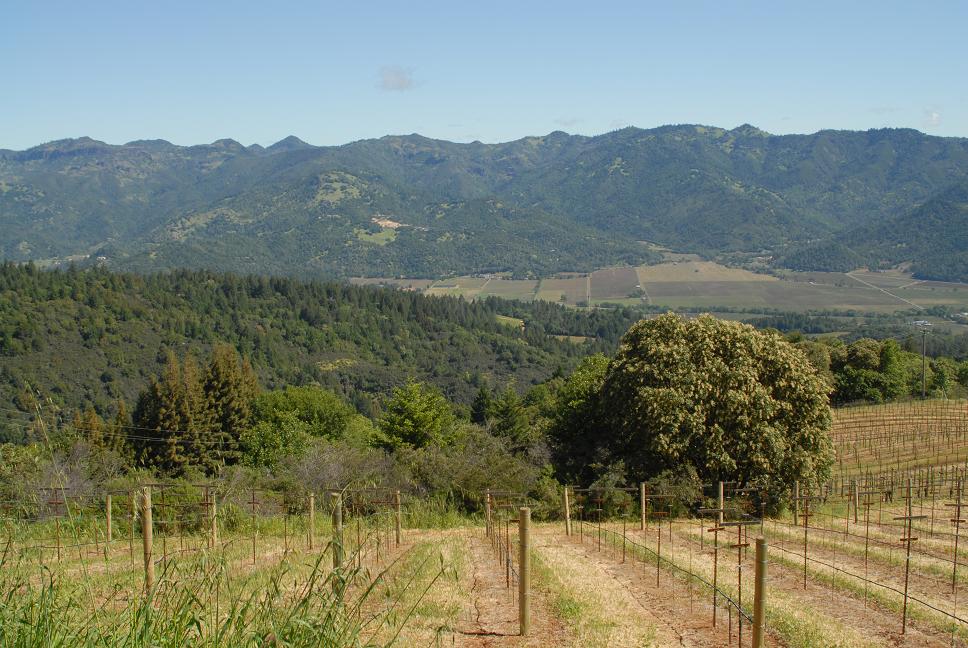

 Last week I had the opportunity to tour
Last week I had the opportunity to tour 











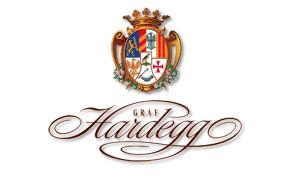 My coverage of Grüner Veltliner continues today with a selection from Graf Hardegg. This Austrian winery makes a bit more than 16,000 cases per year. 45% of their production is Grüner Veltliner. The other parts of their portfolio are also quite diverse. For example they currently stand as the only Austrian winery that produces Viognier as well as port. They’re located in the Weinviertel section of Austria about an hour north of Vienna.
The Graf Hardegg 2008 Grüner Veltliner vom Schloss was produced using hand harvested fruit This wine is 100% Grüner Veltliner. Fermentation took place over 25 days in a combination of stainless steel (75%) and large, new oak casks (25%). Bottling occurred in April of 2009. This selection has a suggested retail price of $20.
My coverage of Grüner Veltliner continues today with a selection from Graf Hardegg. This Austrian winery makes a bit more than 16,000 cases per year. 45% of their production is Grüner Veltliner. The other parts of their portfolio are also quite diverse. For example they currently stand as the only Austrian winery that produces Viognier as well as port. They’re located in the Weinviertel section of Austria about an hour north of Vienna.
The Graf Hardegg 2008 Grüner Veltliner vom Schloss was produced using hand harvested fruit This wine is 100% Grüner Veltliner. Fermentation took place over 25 days in a combination of stainless steel (75%) and large, new oak casks (25%). Bottling occurred in April of 2009. This selection has a suggested retail price of $20.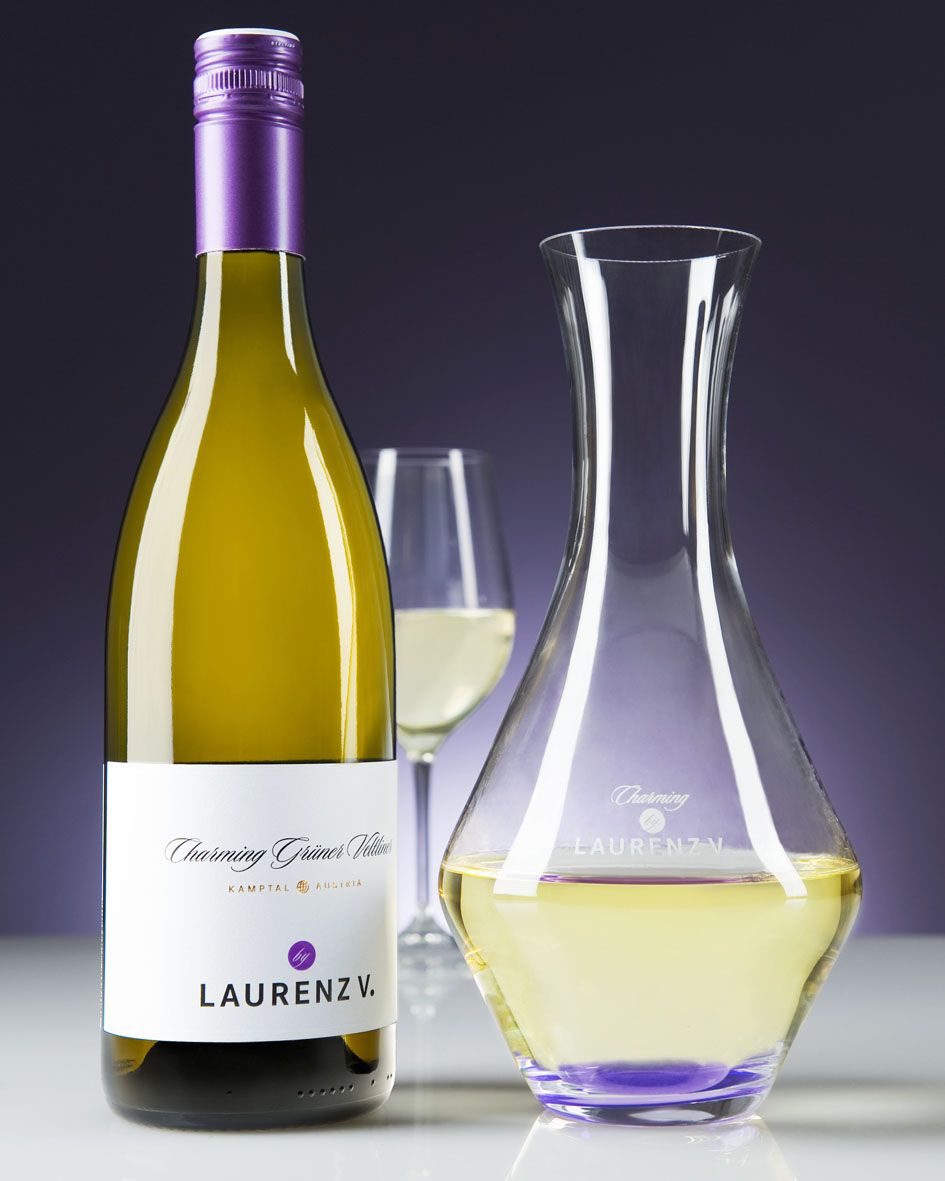 A couple of weeks back I looked at an entry-level Grüner Veltliner from Laurenz V. Today as I continue my quest to cover an increasing array of Austrian wines in 2010 I'll take a look at another selection from
A couple of weeks back I looked at an entry-level Grüner Veltliner from Laurenz V. Today as I continue my quest to cover an increasing array of Austrian wines in 2010 I'll take a look at another selection from 

 If you’ve spent any time tasting wine in Napa Valley you can attest to the fact that Cabernet Sauvignon is everywhere. It happens that Napa is one of the places in the world where Cabernet truly flourishes. When journeying from one winery to another it can be a bit overwhelming when you realize that if all you did was taste Napa Cabernet, it would become a part time job to try every one in the valley. It is tempting though because there are so many fine examples out there. Production sizes, styles, vineyards and more vary so greatly that this one terrific grape produces a sea of distinct offerings.
If you’ve spent any time tasting wine in Napa Valley you can attest to the fact that Cabernet Sauvignon is everywhere. It happens that Napa is one of the places in the world where Cabernet truly flourishes. When journeying from one winery to another it can be a bit overwhelming when you realize that if all you did was taste Napa Cabernet, it would become a part time job to try every one in the valley. It is tempting though because there are so many fine examples out there. Production sizes, styles, vineyards and more vary so greatly that this one terrific grape produces a sea of distinct offerings.